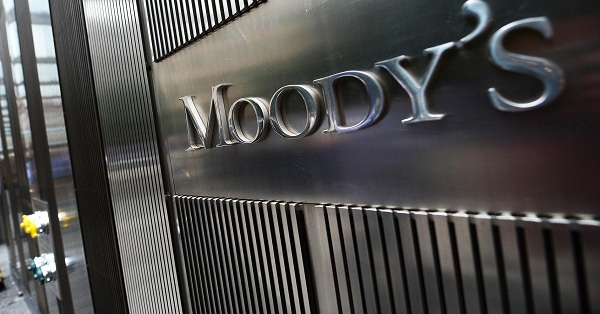 New Delhi:(IANS) Fears over deficient rains in the current monsoon season and gradual progress of reforms have prompted global credit ratings agency Moody’s to lower India’s growth forecast for this year by 50 basis points to 7 percent.
New Delhi:(IANS) Fears over deficient rains in the current monsoon season and gradual progress of reforms have prompted global credit ratings agency Moody’s to lower India’s growth forecast for this year by 50 basis points to 7 percent.
“As a net importer of commodities, India’s growth outlook benefits from the fall in commodity prices over the past year. It is also little affected by demand from China and more generally slower global trade growth,” Moody’s Investors Service said.
“We have revised our GDP growth (for India) forecast down to around 7 percent in light of a drier than average monsoon although rainfall was not as low as feared at the start of the season,” it said in its latest “Global Macro Outlook 2015-16” released on Tuesday.
“We maintain our forecast that GDP will rise by 7.5 percent in 2016.” it said, adding that economic activity will continue to strengthen, with the implementation of reforms, gradual as they may be.
“One main risk to our forecast is that the pace of reforms slows significantly as consensus behind the need for reform weakens once the least controversial aspects of the government’s plan have been implemented,” it said.
One such reform, as indicated above, is the introduction of a pan-India goods and services tax regime, which is a lengthy process — beginning with an amendment to the Constitution and approvals by at least 15 states.
At the same time, the agency held out hope that India may overtake its Asian neighbour this year. “In China, Moody’s maintains its baseline GDP growth forecast of 6.8 percent this year and 6.5 percent in 2016, before falling towards 6 percent by the end of the decade.”
The latest assessment comes against the backdrop of official statements by India that monsoon rains were now predicted at 10 percent below normal even as the country’s grain output fell 4.7 percent in the 2014-15 (July to June) season.
Moody’s further elaborated that it expects the economic activity to continue to strengthen on the back of a gradual implementation of reforms that foster domestic and foreign investment.
“Growth in 2015-16 will also be supported by an accommodative fiscal policy stance. The budget focuses on sustained economic growth as a driver of narrower deficits,” it said.
The outlook added that inflation situation in country will be subdued due to lower food and commodity prices.
“Barring a large shock to commodity prices or food inflation, we think that the central bank’s inflation targets are achievable,” the outlook added.
“As long as the central bank’s objective is credible, it will also foster investment by providing more visibility about future revenue growth and margins.”
Recently, macro-economic data points showed a fall in India’s annual retail inflation rate to 3.78 percent in July, the annual wholesale inflation fell to (-)4.05 percent, however there was a rise in the factory output to 3.8 percent in June.
The wholesale price index (WPI) coupled with consumer price index (CPI) have pointed at a gradual reining in of prices.
The Reserve Bank of India (RBI) has set a target for CPI inflation at 6 percent by January 2016.
However, analysts pointed out a growth rate correction was indeed coming, as a result of widening monsoon deficit and the government’s failure to pass major economic legislations like the GST and land bill.
“The downgrade in growth was expected. The deficit in monsoon and the stalled reforms process were indicators of such a move,” Vinod Nair, head of fundamental research, Geojit BNP Paribas Financial Services told IANS.





0 Comments